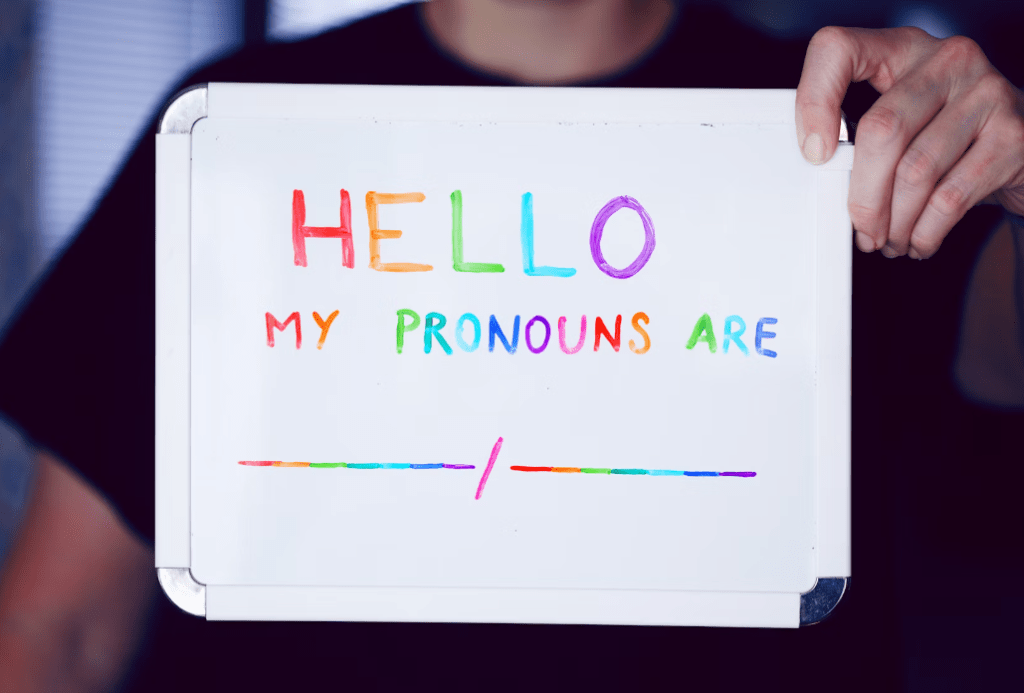
March 31st is the Transgender Day of Visibility. Here at GW we are proud to support our transgender community, and wanted to share the message that we are here for you. Today is not just about encouraging awareness of the transgender community, but it serves as a call to action for members of the medical community to foster a healthcare system that values and respects everyone’s gender identity.
If you are new to the GW community and are looking for some resources, look no further than our very own Multicultural Student Services Center. They offer not only programming and ways to get involved, but also access to health and wellness resources. As aspiring professionals, or current practitioners within the medical community, it is important to appreciate the difference between gender identity and sexual identity in order to provide appropriate care for transgender patients.
Visibility matters in Healthcare. Transgender patients face unique challenges and barriers, including limited access to gender-affirming care. It is important to know that visibility plays an impactful role in addressing those changes, visibility helps to break down stereotypes and misconceptions about transgender people, which may lead to more empathetic and affirming care. If your practice has transgender-specific treatments or quality of care, be sure to publicize them.
When transgender individuals see themselves represented in healthcare settings, they are more likely to seek out and engage with healthcare services. Remember to acknowledge your patients. Visibility goes a long way toward eliminating stereotypes and misconceptions about transgendered individuals. Doing so can lead to more empathetic and affirming care.
As future healthcare providers, medical students have a unique opportunity to champion transgender visibility and inclusivity. If you are not sure where to begin, a good place to start is to educate yourself: seek out opportunities to learn about transgender health during your medical studies. Attend workshops and lectures, or join student-led initiatives focused on LGBTQ+ health.
Advocate for inclusive policies and practices such as those described by GW’s LGBTQIA+ Community Support, a resource for all members of the GW community.
As always, offer support to those in need. Continued allyship with your transgender peers and patients will foster understanding and a more connected patient community. Listen to their experience, validate their identities, and advocate for their needs within healthcare settings in your school, including the introduction of gender-neutral facilities, the use of inclusive language on patient forms, and training on transgender health for faculty and staff.
Let us commit to creating a healthcare environment where transgender individuals feel seen, heard, and valued. By promoting visibility, fostering inclusivity, and advocating for gender-affirming care, medical students, staff, and faculty can make a meaningful difference in the lives of our transgender patients and contribute to a more diverse and inclusive healthcare system for all.



